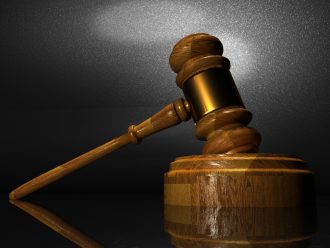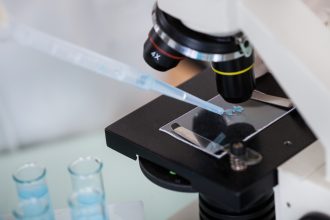
March 28, 2019
Great Expectations: An Expectation of Success is Needed to Make Invention Obvious
In Gruenthal GmbH v Alkem Laboratories Limited, [2017-1153, 2017-2048, 2017-2049, 2017-2050] (March 28, 2019), the Federal Circuit affirmed the district court’s judgment that U.S. Patent No. 7,994,364 is not invalid for obviousness or lack of utility, and that U.S. Patent No. 8,536,130 is not infringed.
With respect to infringement, because neither Hikma’s nor Actavis’s proposed label is indicated to treat polyneuropathic pain — and the case made by Grünenthal and Depomed for indirect infringement depended on the proposed label indications — the Federal Circuit agreed with the trial court that Hikma and Actavis do not induce infringement of, or contributorily infringe, claims 1 and 2 of the ’130 patent. The Federal Circuit said that the pertinent question is whether the proposed label instructs users to perform the patented method. They decided that it did not.
On the obviousness question, the Federal Circuit found that defendants failed to show a reasonable expectation of success. The Federal Circuit said that the court did not clearly err in finding that a person of ordinary skill in the art (also known as an “POSITA”) would not have had a reasonable expectation of successfully producing Form A, as claimed in the ’364 patent, by using the methods outlined in Byrn on the compound disclosed in the ’737 patent (Form B). The Federal Circuit noted that because the record indicates that there was (1) no known or expected polymorphism of tapentadol; (2) no evidence that the synthesis of Example 25 results in any Form A; and (3) no guidance as to what particular solvents, temperatures, agitation rates, etc., were likely to result in Form A, Alkem failed to prove that a POSITA would have reasonably expected a polymorph screening of the Form B disclosed in the ’737 patent to result in Form A.
The Federal Circuit also rejected the “obvious to try” arguments, noting that the patent owner identified many variables for screening, i.e., a “huge number of possible choices,” as opposed to a “finite number,” contemplated in KSR. The Federal Circuit reiterated that a conclusion of obviousness does not follow from merely varying all parameters or trying each of numerous possible choices until one possibly arrived at a successful result, where the prior art gave either no indication of which parameters were critical or no direction as to which of many possible choices is likely to be successful.
Finally, on the issue of utility, the Federal Circuit noted that a patent must have specific and substantial utility. The substantial requirement, also known as “practical utility,” is satisfied when the claimed invention has a significant and presently available benefit to the public.
For pharmaceutical patents, practical utility may be shown by evidence of “any pharmacological activity.” The Federal Circuit found the disclosure sufficient. The patent stated that the crystalline Form A according to the invention is used for the treatment of pain or the treatment of urinary incontinence. This was confirmed by the prior art and by expert testimony. The Federal Circuit concluded that the ’364 patent concretely discloses the practical benefit of Form A of tapentadol hydrochloride as an analgesic.
The Federal Circuit also rejected the argument that substantial utility must be shown by test results. While test results often support claims of utility in patents concerning pharmacological arts, such testing is not always required. All that is required is that the tests be reasonably indicative of the desired pharmacological response. The Federal Circuit said that the patent owner need not prove that Form A has superior stability over Form B for purposes of determining utility — the patent statute does not require that a patentable invention be superior to all prior devices, it is sufficient that Form A is shown to be stable at room temperature and useful for pain relief.





































